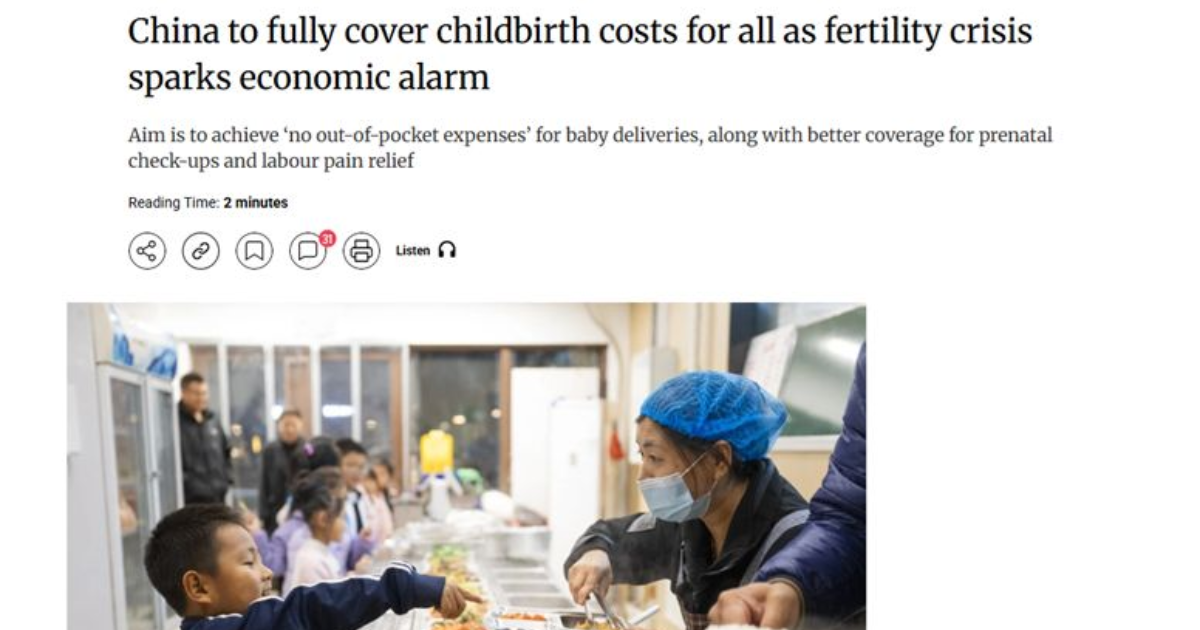Zeynep Tufekci has a great piece in the Atlantic about the COVID-19 mutation first documented in the United Kingdom. Like I her, I discounted the initial news because viruses mutate and there have been many “doomsaying headlines” in the last year related to virus mutation.
To understand the difference between exponential and linear risks, consider an example put forth by Adam Kucharski, a professor at the London School of Hygiene & Tropical Medicine who focuses on mathematical analyses of infectious-disease outbreaks. Kucharski compares a 50 percent increase in virus lethality to a 50 percent increase in virus transmissibility. Take a virus reproduction rate of about 1.1 and an infection fatality risk of 0.8 percent and imagine 10,000 active infections—a plausible scenario for many European cities, as Kucharski notes. As things stand, with those numbers, we’d expect 129 deaths in a month. If the fatality rate increased by 50 percent, that would lead to 193 deaths. In contrast, a 50 percent increase in transmissibility would lead to a whopping 978 deaths in just one month—assuming, in both scenarios, a six-day infection-generation time.
The variant now being called B.1.1.7 is thought to be 50-70 percent more transmissible. I find myself in the unenviable place of wishing for just the regular, old-fashioned 2020-version of COVID-19 as we enter 2021.
As she notes, time is of the essence. Rapid vaccine dissemination is our silver bullet. We should prioritize the first dose.
A more contagious virus is an outsized risk for 2021.



